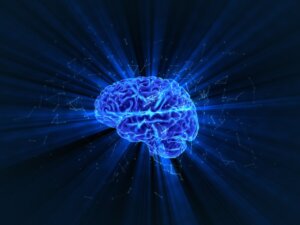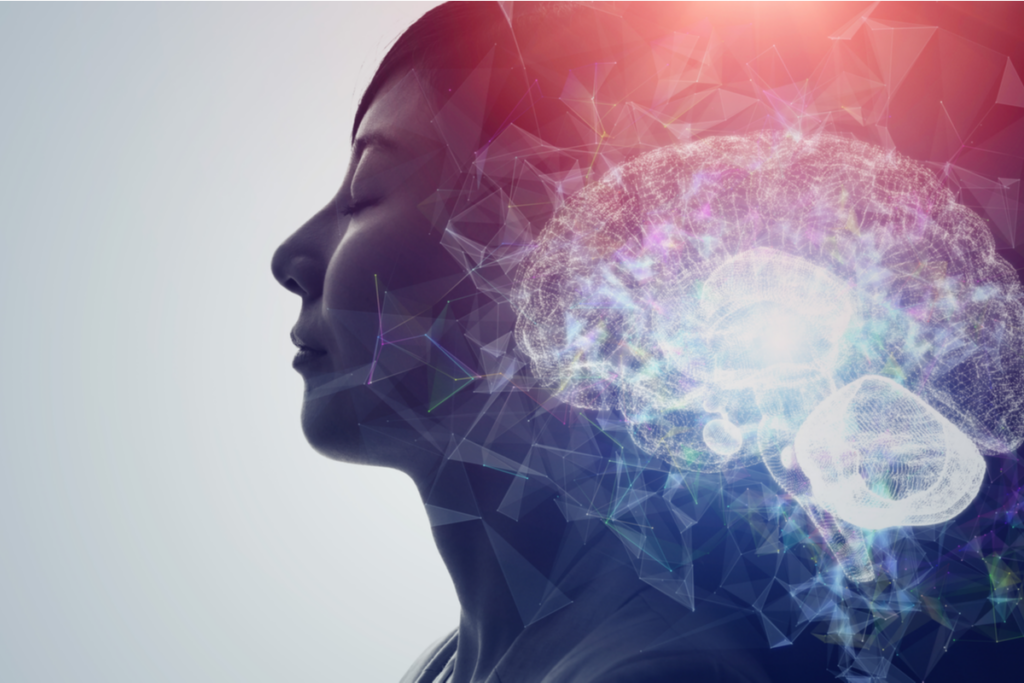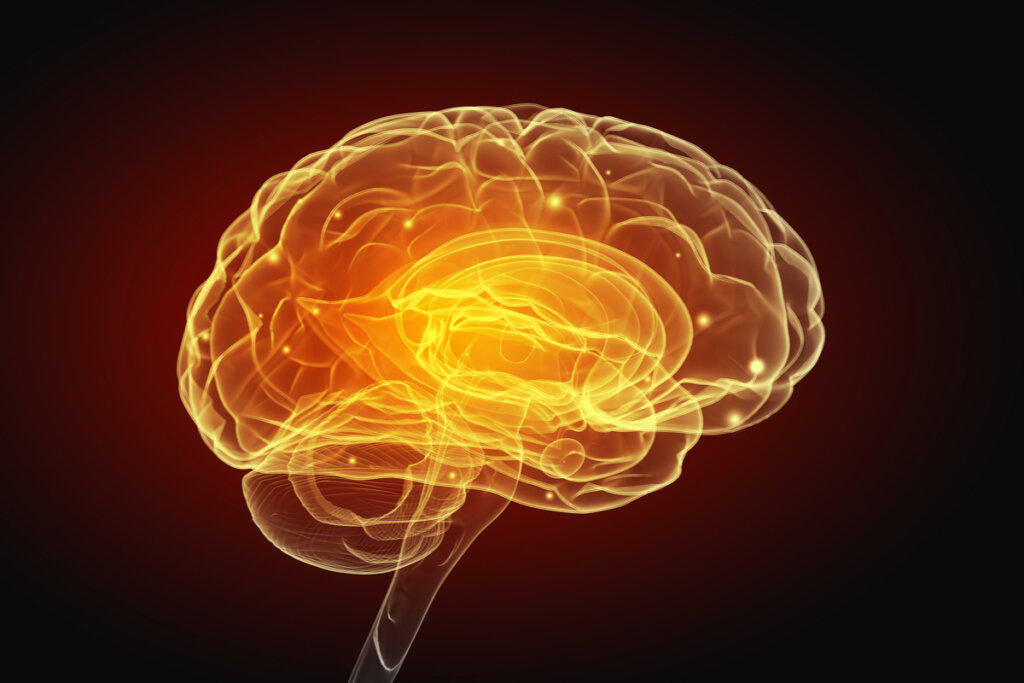The Dark Energy of the Brain


Reviewed and approved by the psychologist Sergio De Dios González
The dark energy of the brain is a concept that’s recently been making its way into the scientific field. The expression makes an analogy between the dark energy of the universe and the way in which brain processes occur. This subject is currently under investigation and, at the moment, there are only hypotheses.
The dark energy theory of the brain arose from a particular subject that was of interest to scientists. They wanted to know why the brain expends the same amount of energy when it’s attentive to the world, as when it’s at rest. They were also curious to learn why this organ expends so much energy.
To date, there are no definitive answers to any of these questions. However, one possible explanation lies in the dark energy of the brain. Indeed, it’s a subject that’s being taken increasingly seriously.
“ The dark matter of the mind, the subconscious, has the greatest psychic gravity. When we do not take into account the dark matter of the universe, anomalies appear; when we ignore the dark matter of the mind, our irrationality turns out to be inexplicable.”
-Joel Gold-

Dark energy
Scientists only started talking about dark energy in 1974. Vera Rubin, an American astronomer, noticed that stars orbiting a black hole, like our own, always orbited at the same speed, regardless of how far away they were.
However, in principle, this isn’t supposed to happen. That’s because, in our solar system, the farther a planet is from the sun, the slower its orbit. This is due to the force of gravity.
Therefore, scientists deduced that there must be ‘something else’ out there with greater gravity that couldn’t be seen. That something was dark matter.
It isn’t yet known what dark matter actually is, but it does make up 23 percent of the universe. As well as dark matter, there’s also dark energy, since matter is a concentration of energy.
In fact, it’s estimated that 73 percent of the universe is made up of dark energy. Thus, 96 percent of everything that exists is either dark matter or dark energy. Therefore, we only perceive four percent of what actually exists.
The dark energy of the brain
In 2006, the scientist, Marcus E. Raichle, published a famous article in the journal, Science. It was entitled The Brain’s Dark Energy. In that text, he tried to answer a question that continues to worry many researchers today: why does the brain need so much energy? After all, the brain corresponds to only two percent of the weight of the body but consumes 20 percent of its total energy.
In principle, it could be suggested that it needs all that energy to process the information that comes from the external world. For instance, we have to perceive, organize and process these stimuli but, at the same time, select the data we do and don’t take into account. However, science has proven that the brain only expends one percent of the energy it consumes in this information processing.
As with the discovery that stars were influenced by an invisible mass and energy that led them to behave in unusual ways, the hypothesis arose that there’s also dark matter and dark energy in the brain. And, as with the universe, we don’t know what it is.

The hypotheses
The most conservative scientists think that the dark energy of the brain is used by this organ to regulate the homeostasis of our bodies. Homeostasis is the internal balance of organic functions to preserve health.
Other researchers believe that dark energy is associated with the functioning of the unconscious. They think that many more processes take place in that dimension than in the framework of consciousness. In fact, they believe that this is where the remaining energy goes.
Their claim is supported in studies such as the one that proved that the unconscious has 200,000 times greater processing capacity than consciousness.
Another study conducted by Killingsworth and Gilbert claimed that the mind wanders 46 percent of the time, which would reinforce this hypothesis.
That said, at the moment there’s no conclusive data. Consequently, there’s a growing interest in understanding these phenomena, and progress continues.
All cited sources were thoroughly reviewed by our team to ensure their quality, reliability, currency, and validity. The bibliography of this article was considered reliable and of academic or scientific accuracy.
- Dijksterhuis, A. (2005). The power of the subliminal: On subliminal persuasion and other potential applications. https://philpapers.org/rec/DIJTPO.
- Killingsworth, M. A. & Gilbert, D. T. (2010, 12 noviembre). A Wandering Mind Is an Unhappy Mind. Science Vol 330, Issue 6006 DOI: 10.1126/science.1192439. https://www.science.org/doi/10.1126/science.1192439.
- Raichle ME. Neuroscience. The brain’s dark energy. Science. 2006 Nov 24;314(5803):1249-50. Erratum in: Science. 2007 Jan 12;315(5809):187. PMID: 17124311.
This text is provided for informational purposes only and does not replace consultation with a professional. If in doubt, consult your specialist.








